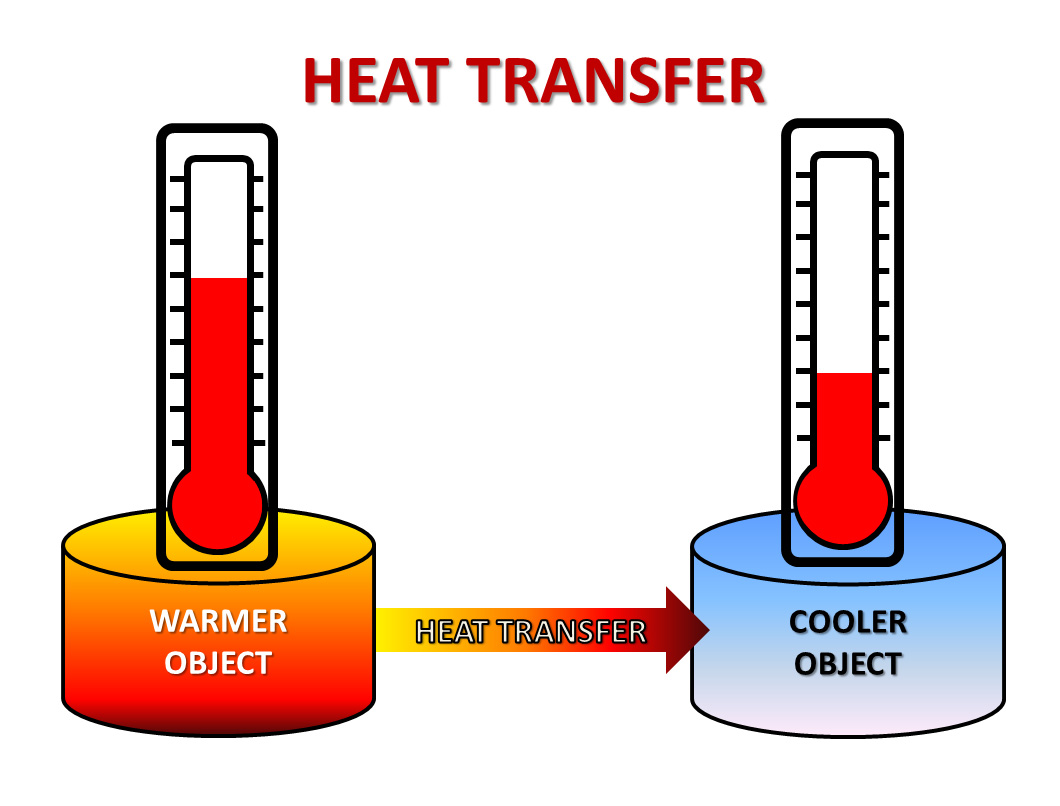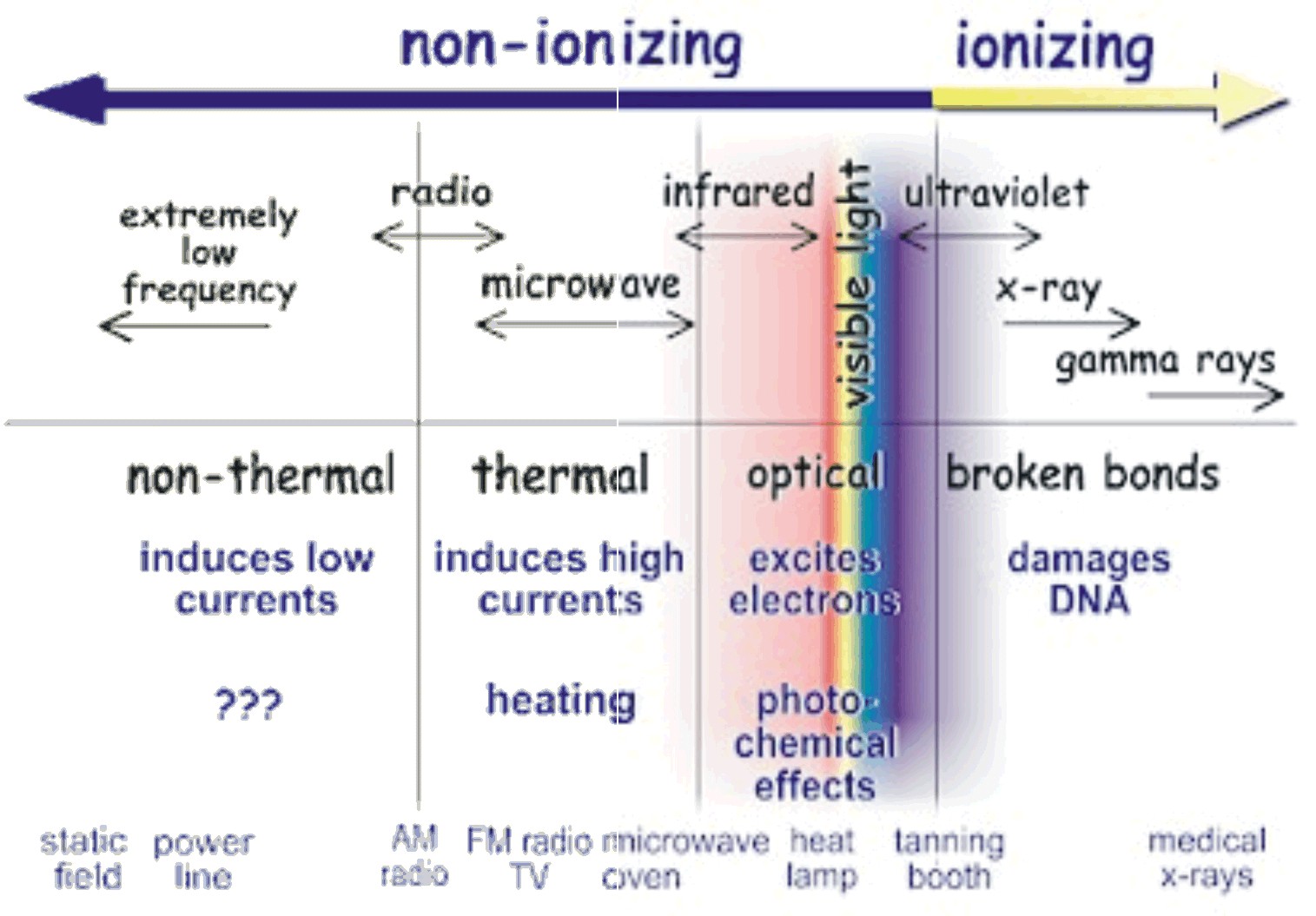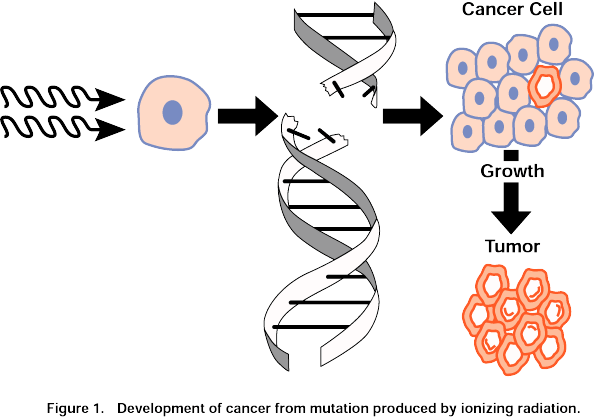 |
| Source: wordpress.com |
Recently, I've come across many articles on the internet, as well as overheard many of my friends, highlighting their distrust of microwave cooking and how it could potentially be hazardous to your health. Many people are afraid that, by cooking their food in a microwave oven, they are blasting harmful radiation into their foods that can lead to detrimental health outcomes like cancer.
As many fitness enthusiasts, especially bodybuilders, are aware, cooking massive amounts of food and eating often makes the use of a stovetop / oven constantly an impractical reality. Show me a person who argues with me about how I should bust out a pan, wait for the stove or oven to heat up, and then proceed to cook the huge meals I have to eat every day in the 2-3 hours I have left in the day after working out for 2.5-3 hours, and I'll show you someone who doesn't understand that food needs to be prepared quickly and efficiently to realistically be able to consume all the food required to build an aesthetically pleasing body while maintining all of the other variables that go into achieving fitness goals. It's never about taste and presentation to a bodybuilder, so why convolute the process with unecessary extra steps? To me, and probably to most other serious bodybuilders, I am concerned with only one thing when it comes to food preparation: the fastest point between the raw ingredients and the end process of making them safe to eat.
 |
| Source: raisethebarphotography.co.uk |
With that said, microwaves become an important asset to bodybuilders. While I concede that there are in fact bodybuilders who cook on stovetops for a lot of their meals, microwaves are still heavily incorporated in the lives of those who need to eat often, and who would much rather batch cook their food and reheat it throughout the day due to a busy lifestyle that makes allocation of time to cook every meal conventionally a ridiculous expectation.
So are microwaves killing bodybuilders and people who like to use them often? Let's dive deeper into the subject to help us better understand and possibly solve that problem.
Heat and Heat Transfer
What is heat, and how is heat generated? In the world of physics, heat can be defined (I think) as the energy generated from rapidly moving atoms within a substance. The degree of heat is determined by how rapidly the atoms and molecules in said substances are moving. Temperature is a measure of how much heat an object has.
 |
| Source: fi.edu |
Heat transfer is the generation, movement, and transfer of the thermal energy / heat from one physical entity to another. On an atomic level, heat transfer occurs when the excited atoms and molecules of one substance come into contact with the other atoms and molecules of the same substance or a different substance. Heat travels from a hot substance to a cold substance due to the loss of energy from contacting and exciting a less excited atom / molecule. A substance can also absorb heat without an increase in temperature due to a phase change (solid to liquid, liquid to gas, etc).
 |
| Source: fau.edu |
In the culinary world, thermal engineers have developed products (ovens, stovetops, microwaves, etc) that rely on differing forms of heat transfer to heat up food products for consumption. Differing forms of heat transfer are used in such products, and can range from such heat transfer methods as conduction, convection, radiation, and even phase change (source: wikipedia).
Traditional Types of Cooking
So how does heat transfer differ between traditional (non microwave) cooking methods?
 |
| Source: aos.wisc.edu |
In traditional cooking, using a stovetop or oven, heat is radiated from a stovetop burner to a pan, or radiates off of the walls of an oven. Both methods heat foods from the outside in.
How a Microwave Works
A microwave is different from traditional types of cooking methods in that it uses microwaves to penetrate deep into the object you're trying to cook and cooks it from the INSIDE out simultaneously. Microwaves lie between radio waves and infrared radiation on the electromagnetic spectrum. The commonly used frequency for microwaves are 2.45 gigahertz (GHz). Waves of this frequency are actively absorbed by fat, sugar, and water molecules (source: howstuffworks.com).
A microwave uses a mini vaccum tube / magnetron to generate the energy needed to heat food, a waveguider to guide the wave towards the direction of the food, and a container to safely house the microwave radiation.
 |
| Source: research.fuseink.com |
Source: Youtube User-engineerguyvideo
Types of Radiation
So will the radiation from microwaves kill you and make you grow an extra arm out of your eyeball? Aside from the fact that, as seen above, all forms of cooking are in their own way different types of "radiation", I think that this is a good time talk about two main types of radiation that you should become familiar with.
 |
| Source: wikimedia.org |
Ionizing Radiation
Ionizing radiation is a type of radiation that can "knock off" or "ionize" atoms off of molecules and generate ions. In other words, ionizing radiation is so powerful that it can rip off electrons from the electron shell of atoms.
Biological structures like deoxyribonucleic acid (DNA) can be severely damaged by this kind of ionization and can lead to the dreaded health outcome known as cancer.....since the blueprints for making your biological structures have now been damaged and unable to be properly processed during DNA replication or protein synthesis.
 |
| Source: serc.carleton.edu |
Types of ionizing radiation include x-rays, gamma rays, and ultraviolent light (like in sunlight) (source: Enivironmental Protection Agency).
Non-Ionizing Radiation
Non-ionizing radiation is radiation that doesn't produce enough kinetic energy when passing through matter to generate charged ions, and only have enough energy to change the rotational, vibrational, or electronic valence of atoms and molecules (source: wikipedia). The effect of non-ionizing radiation on living tissue is not yet fully known, but has not yet been shown to be as harmul as ionizing radation.
 |
| Source: 0.tqn.com |
Types of non-ionizing radiation can include low currents, extremely low frequency waves, radio waves, microwaves, and infrared waves.
Safety of Microwave Radiation
Microwaves do not emit ionizing radiation, so microwaves cannot strip electrons from the atoms of substances that they are trying to cook. Since sunlight, fluorescent light, incandescent light, and white light DO contain ionizing radiation, it is my understanding that you are just as much in harms way laying outside to tan or sitting under your office light as you are microwaving your food. Microwaves are just better at penetrating your food deeper, but uses energy in much the same way that stovetop, oven, and fast food heating lamps use energy to cook your food.
Safety When using a Microwave
So where do I stand in the debate on whether or not microwaves are safe to use or not? What are my recommendations?
Personally, in my almost 4 years of bodybuilding I can tell you that I've used a microwave almost as much as I've used a dumbbell. Every day I'm cooking / reheating multiple items for consumption to hit my macros and attain success and gains in my physique. At this point in time, I can tell you that I do not feel any detrimental health effects or outcomes that I feel are in direct correlation to my microwave use.
And that's the kind of thing you need to keep in mind before shunning something. I often find myself frustrated as an epidemiologist when I see so many people on social media draw a definite conclusion in their minds from ONE study, or ONE source......whether credible or not. To me, multiple resources, personal experience, and heavy research into the mechanics (biological and technical) of any given topic, whilst also freeing yourself of any bias, should be thoroughly investigated before you draw any difinitive conclusion for yourself about any given topic.
When looking at detrimental health outcomes, ESPECIALLY with dietary studies, it's extremely difficult to deduce the effects any given "thing" is having on someone's health. Was it the microwave that lead you to have a particular disease? Or was it the other covariates you decided not to focus on, like the amount of processed foods you were eating, the additives you put in the food, or other lifetyle habits like drinking and/or smoking? These are all things you need to take into account.
However, you wouldn't want to microwave food for too long as overheating food may decrease the nutritional richness of a food (I think). But that can be said for ANY form of cooking with heat. It's also important in my opinion to heat your food in containers that are deemed safe for microwaving (which should be said on the packing somewhere), as you do not want leachate from containers to contaminate your food while heating. Glass and ceramic containers, paper plates, towels / napkins, and wax / parchment papers are examples of microwave-safe containers (source: realsimple.com).
 |
| Source: ecx.images-amazon.com |
So is microwave cooking safe? Perhaps. I don't believe that it's extremely unsafe for cooking your food though. I don't believe it's going to turn your food into a toxic waste site or cause you to suddenly sprout wings and fly through your window. Do some thorough research removed from bias and come up with your own conclusion!
-Jtrain
------------------------------------------------------------------------------------------------------------------------------------------*Have a question about natural bodybuilding / fitness / nutrition / stress? Need some advice? Email me at jtrainfitness@gmail.com and I will answer it on this blog! Be sure to enter your email to receive alerts for when the next blog post has come out, and be sure to tell your friends about this blog! Follow me on twitter @jtrainfitness and tell your friends to do the same!*
------------------------------------------------------------------------------------------------------------------------------------------
This comment has been removed by a blog administrator.
ReplyDelete